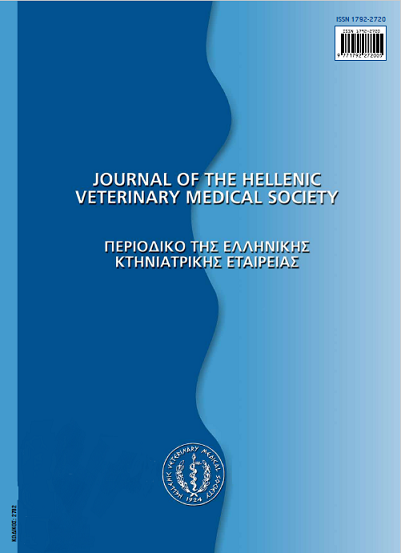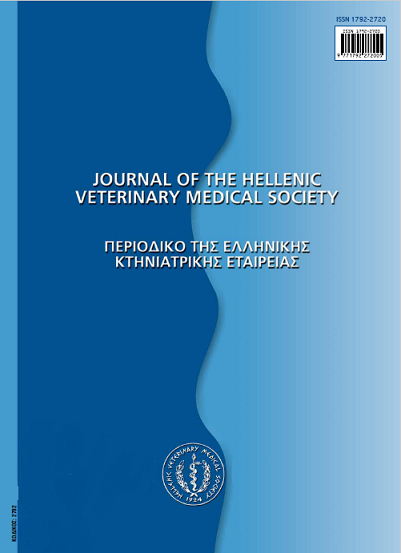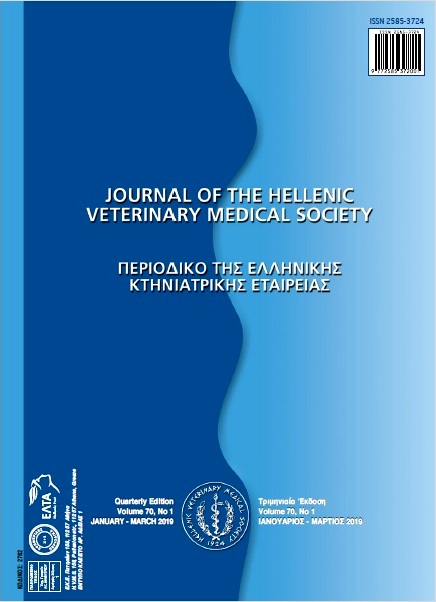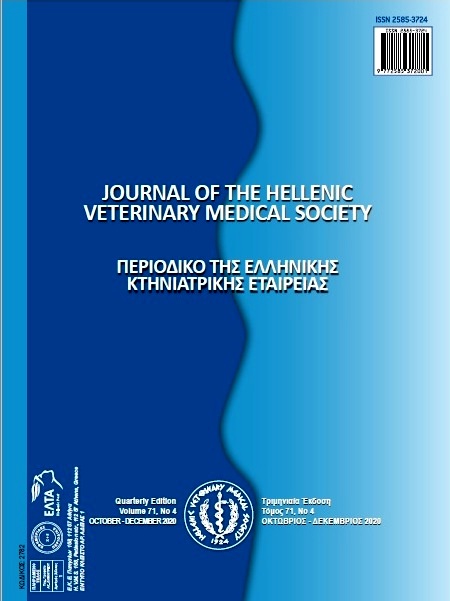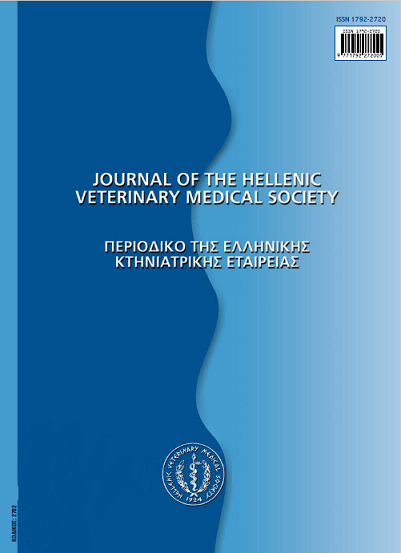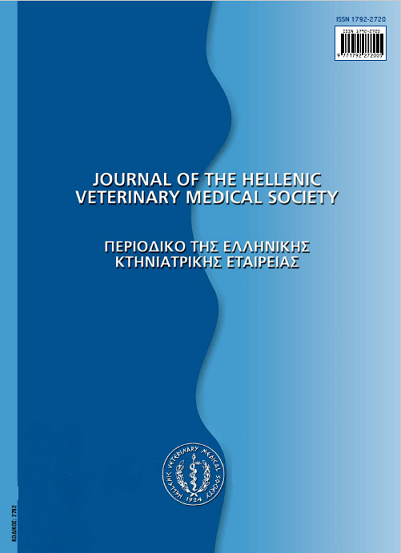Immune and other factors modulating host resistance against gastrointestinal nematode parasites in sheep
Resumen
Infection of small ruminants with gastrointestinal nematode (GIN) parasites is a significant problem with crucial impact on meat and milk production. The strategy of administrating anthelminthic drugs has been implemented for many years and has resulted in the development of resistant strains of parasites. Meanwhile, consumers demand for free of drugs products have led to the adoption of alternative control methods, which involve the selective breeding of animals, which are resistant to parasitism. The development of immunity and therefore, resistance against gastrointestinal parasites is based on the activation of specific host genes. Gene analysis has revealed areas (QTLs), which affect resistance or susceptibility of sheep to gastrointestinal infestations between animals of different breeds and between individuals of the same breed. The role of cytokines and T helper cells has been enhanced as research, strongly, supports the connection of Th2 cells with resistance and Th1 cells with susceptibility against GIN. Latest data implicates T regulatory cells and a specific cell type, Th17, in immune response mechanisms. Specific adhesion molecules (integrins, lectins, cadherins) are produced in the gut lumen in sufficient amounts and appear to boost immunity and reduce clinical signs in sheep. Additionally, the immunoglobulins IgA and IgE have been positively correlated with increased resistance against GIN. In several cases of GIN, where an increased number of eosinophils and mast cells in the intestinal epithelium have been recorded, the animals had a reduced number of parasite eggs in their feces. The genes of the Major Histocompatibility Complex have been referred to as potential resistance or susceptibility markers. Other enzymes, like chitinases, enhance the resilience of animals and protect them effectively. Animal’s nutritional status is another determinant factor of immune capability against GIN in sheep, both systemic, as well as locally. Regarding the effect of reactive oxygen and nitrogen species, some researchers support their direct effect against GIN, resulting in a natural reduction of their number, while others claim the indirect action in the intestinal epithelium by reducing local immunity. Consequently, the detection of genes associated with resistance or susceptibility to gastrointestinal infestations is promising and in line with modern requirements.
Article Details
- Cómo citar
-
ARSENOPOULOS, K., SYMEONIDOU, I., & PAPADOPOULOS, E. (2018). Immune and other factors modulating host resistance against gastrointestinal nematode parasites in sheep. Journal of the Hellenic Veterinary Medical Society, 68(2), 131–144. https://doi.org/10.12681/jhvms.15597
- Número
- Vol. 68 Núm. 2 (2017)
- Sección
- Review Articles

Esta obra está bajo una licencia internacional Creative Commons Atribución-NoComercial 4.0.
Authors who publish with this journal agree to the following terms:
· Authors retain copyright and grant the journal right of first publication with the work simultaneously licensed under a Creative Commons Attribution Non-Commercial License that allows others to share the work with an acknowledgement of the work's authorship and initial publication in this journal.
· Authors are able to enter into separate, additional contractual arrangements for the non-exclusive distribution of the journal's published version of the work (e.g. post it to an institutional repository or publish it in a book), with an acknowledgement of its initial publication in this journal.
· Authors are permitted and encouraged to post their work online (preferably in institutional repositories or on their website) prior to and during the submission process, as it can lead to productive exchanges, as well as earlier and greater citation of published work.

